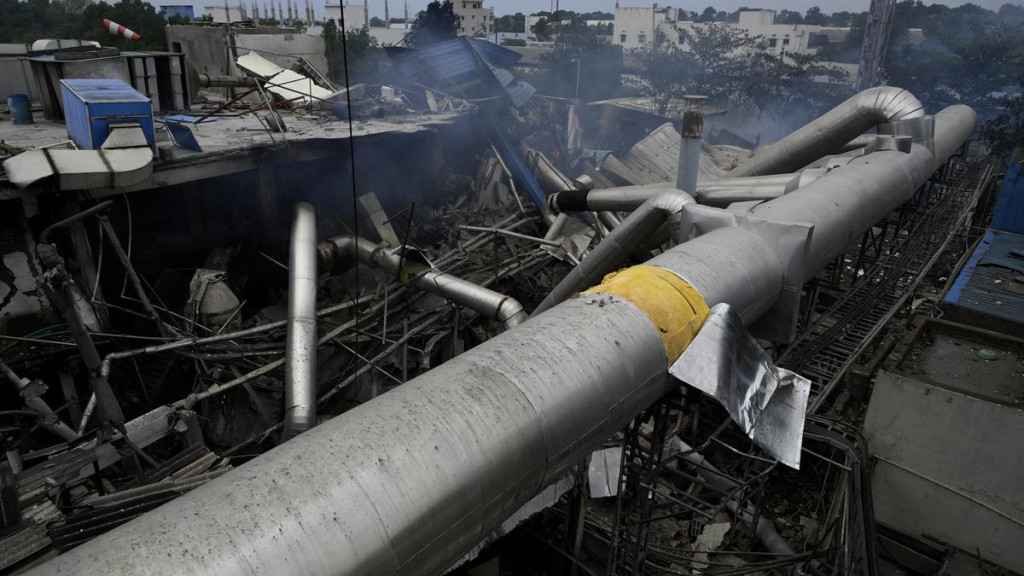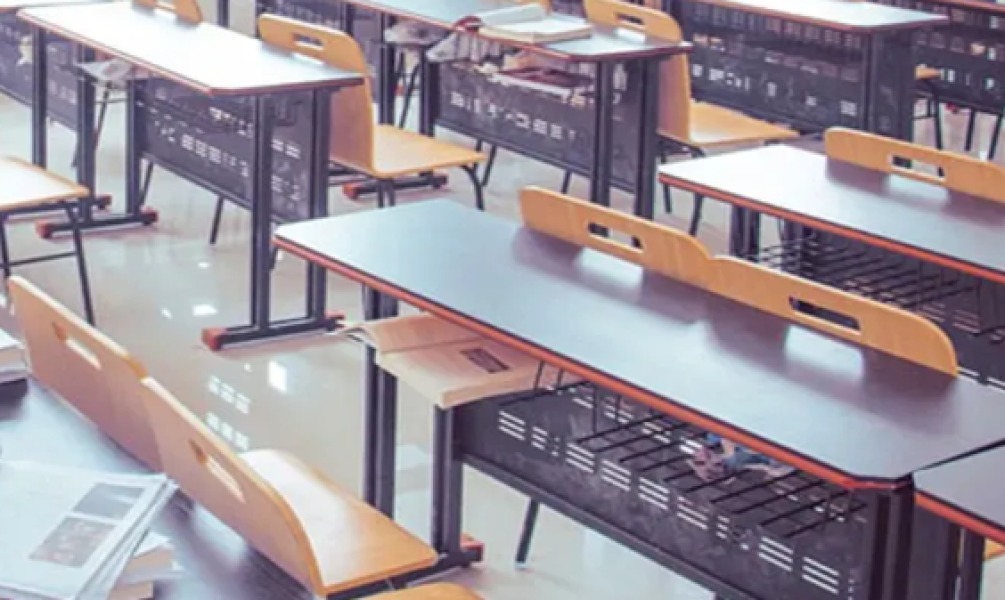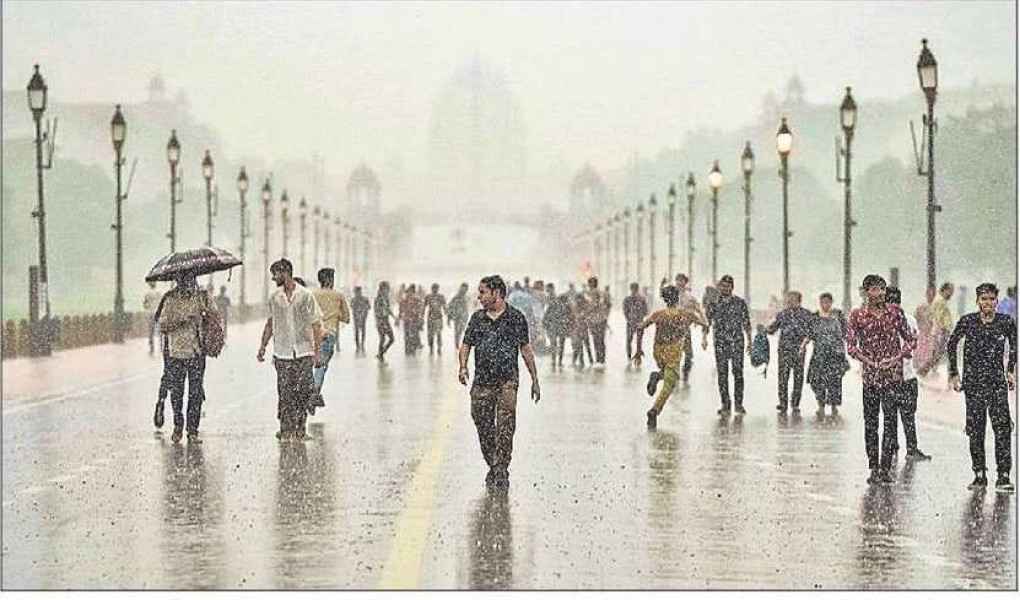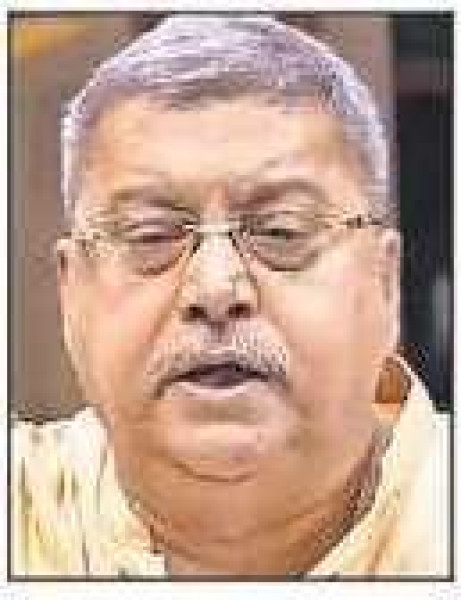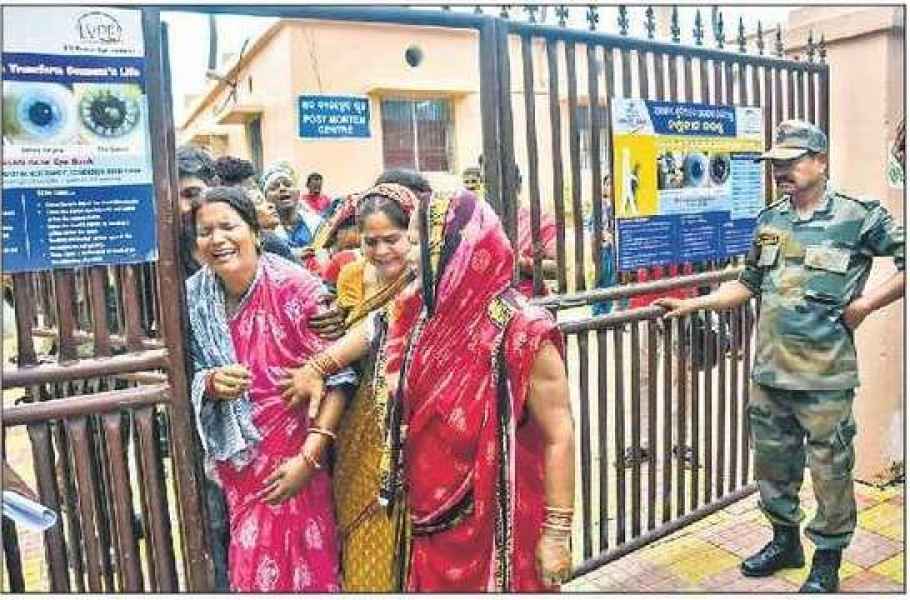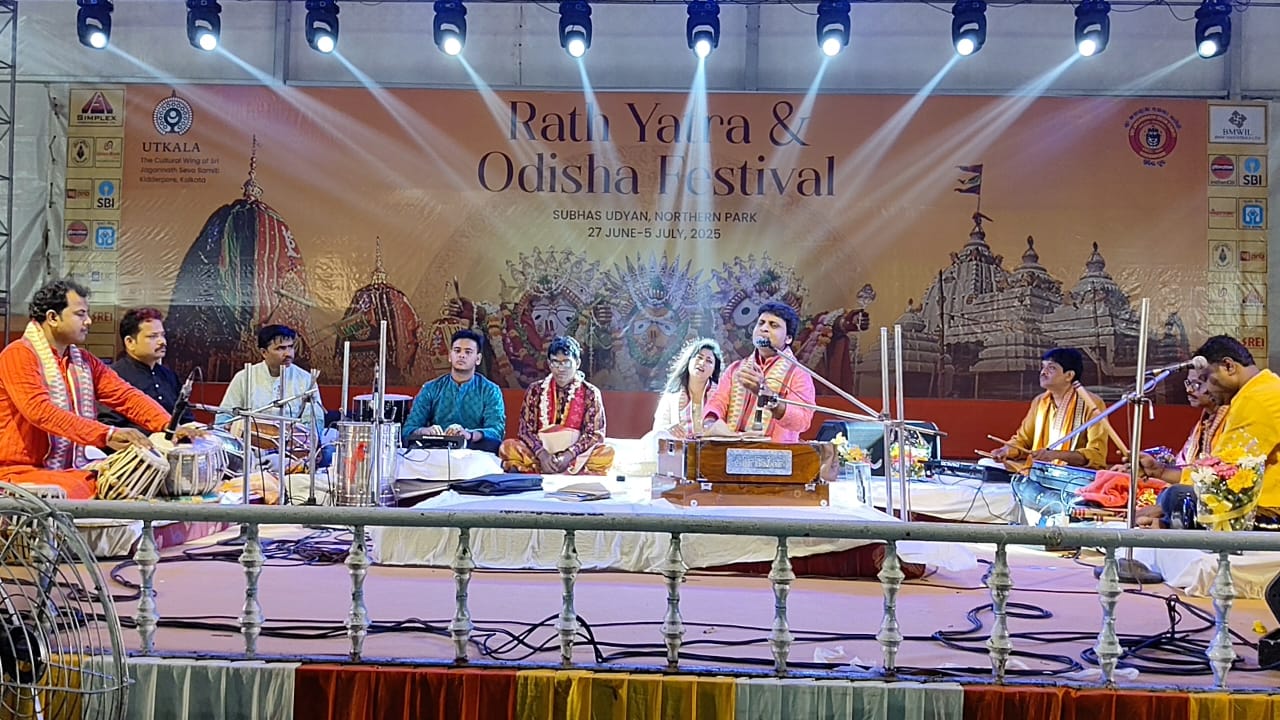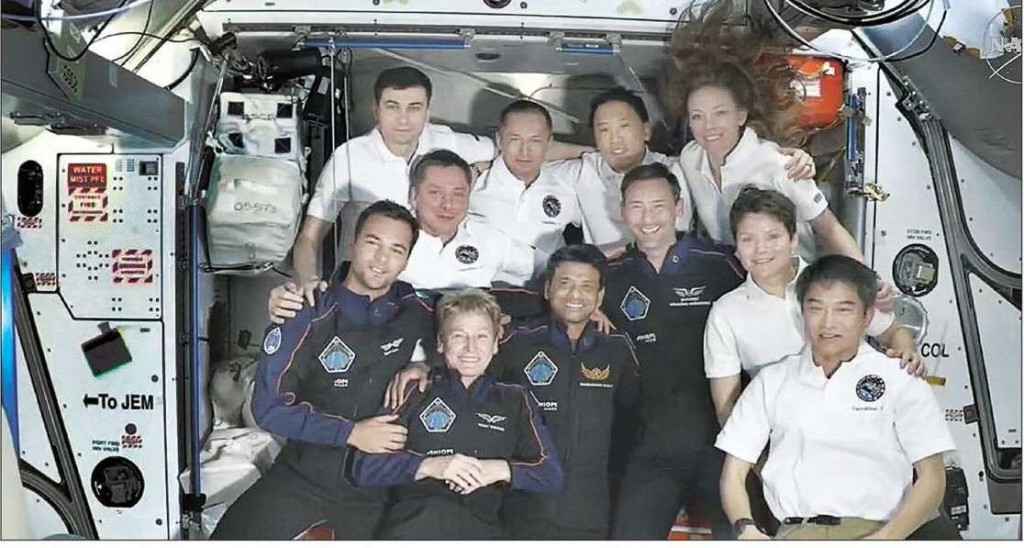
Shukla scripts history as Axiom-4 docks at ISS
Nearly 30 hours after he lifted off from the Kennedy Space Center aboard the Falcon 9 rocket, Group Captain Shubhanshu Shukla became the first Indian to enter the International Space Station (ISS) on Thursday, marking a new chapter in the country’s space journey.
The SpaceX Crew Dragon carrying Shukla and his three crewmates began docking at the orbiting laboratory at 4.01pm (IST) and completed the entire process in 14 minutes. At 5.44pm, the hatch of the Dragon capsule was opened, and 16 minutes later Shukla, who a day earlier became the second Indian in space, glided into the station and history.
“With your love and blessings, I have reached the International Space Station… This is also a [new] phase of India’s space journey... I am carrying the tiranga and I am carrying all of you with me. The next 14 days will be exciting,” he said in Hindi and English after entering ISS, ending his address with Jai Hind and Jai Bharat.
Back in his hometown of Lucknow, Shukla’s father Shambhu Dayal Shukla said: “We are extremely proud. We have been praying for his success.”
A Falcon 9 rocket with Shukla, Peggy Whitson from the US, Sławosz Uznański from Poland and Tibor Kapu from Hungary aboard lifted off on Wednesday as part of the Axiom 4 mission after a prolonged series of delays that had tested both technical systems and national patience.
During its journey to ISS, the spacecraft moved swiftly through several intricate manoeuvres, prompting mission control to skip two halts at Waypoint-1 and Waypoint-2, which advanced the docking by nearly 30 minutes. As it approached ISS, the capsule began a slow and measured approach by firing its thrusters. The docking process was completed after the two orbiting bodies were connected with 12 sets of hooks and communication and power links were established. The seven-member Expedition 73 crew already stationed at the space station performed the mandatory leak checks and ensure that the pressure inside the Dragon spacecraft was the same as on the ISS. Then the hatch was opened and the Axiom 4 crew was welcomed to ISS with warm hugs and handshakes by the Expedition 73 crew.
“The minute I entered the International Space Station and met this crew, you just made me feel so welcome, as if you literally opened your doors, like your house doors, for us,” Shukla said.
Whitson, who is on her fifth spaceflight and was the first from the Axiom 4 crew to enter ISS, presented Shukla with an astronaut pin, marking his status as the 634th astronaut in space.
“I am astronaut 634. It is a privilege to be here… Whatever expectations I had of coming here were surpassed by the view, of course… but also by you guys,” Shukla said.
A live video link broadcasted the 39-year-old’s entry into the space station 400km above the Earth’s surface, leading to celebrations back home.
“This is a matter of great pride. We pray to god that they perform their duty well and return to Earth safely,” Shukla’s mother Asha Shukla said.
In a statement, union minister for science and technology Jitendra Singh, said: “India’s role in space exploration is no longer limited to the launchpad. We are now shaping the future of life and science in space.
Former Indian Space Research Organisation (Isro) chairman S Somanath said that India was no longer a space tourist. “We are a partner, a participant, and a future ready crew. His presence will significantly bolster our Gaganyaan mission, adding experiential depth to planning, life science payloads and long duration spaceflight goals,” he said.
Earlier in the day, the “fifth new” member - a five-inch plush baby swan christened Joy - was seen floating in the Dragon spacecraft as the astronauts interacted with the mission control via a videolink. Representing cultural unity, Joy is a Zero-G indicator used by the crew as a physical confirmation of their transition to microgravity.
“This means a lot more than just a ZeroG indicator. I think we all have symbolism in Poland and Hungary and India as well,” Shukla said.
The mission carries scientific weight beyond its symbolic value. During their planned two-week stay aboard the ISS, the crew will conduct 60 experiments representing 31 countries. Shukla will oversee seven Indian-designed studies ranging from the impact of microgravity radiation on edible microalgae to examining how microgravity affects the growth of food crop seeds.
Additionally, he will undertake five Isro-NASA collaborative experiments—research that could prove crucial for future long-duration missions and space settlements.
Further ahead lies Gaganyaan, India’s independent human spaceflight programme, and the complex Chandrayaan-4 mission featuring docking operations planned for 2028. Both are part of India’s broader ambitions in space, from lunar exploration to establishing a sustainable human presence in orbit through its planned space station.
“I am very confident that the next 14 days are going to be amazing, advancing science and research, and working together,” Shukla said.
The 39-year-old pilot’s journey to orbit had begun in Lucknow, where he was born before joining the Indian Air Force fighter wing in June 2006. Rising to Group Captain in March 2024, Shukla accumulated 2,000 flight hours as a combat leader and test pilot. His selection under Isro’s Human Spaceflight Programme led to rigorous year-long training at the Yuri Gagarin Cosmonaut Training Centre in Star City, Moscow, where he prepared alongside those training for India’s upcoming Gaganyaan programme.
REFERENCE: HINDUSTAN TIMES



